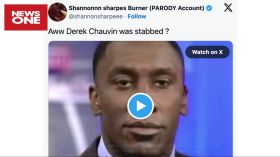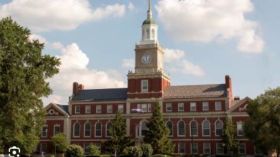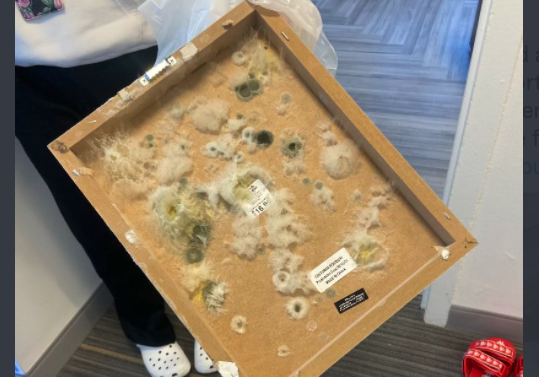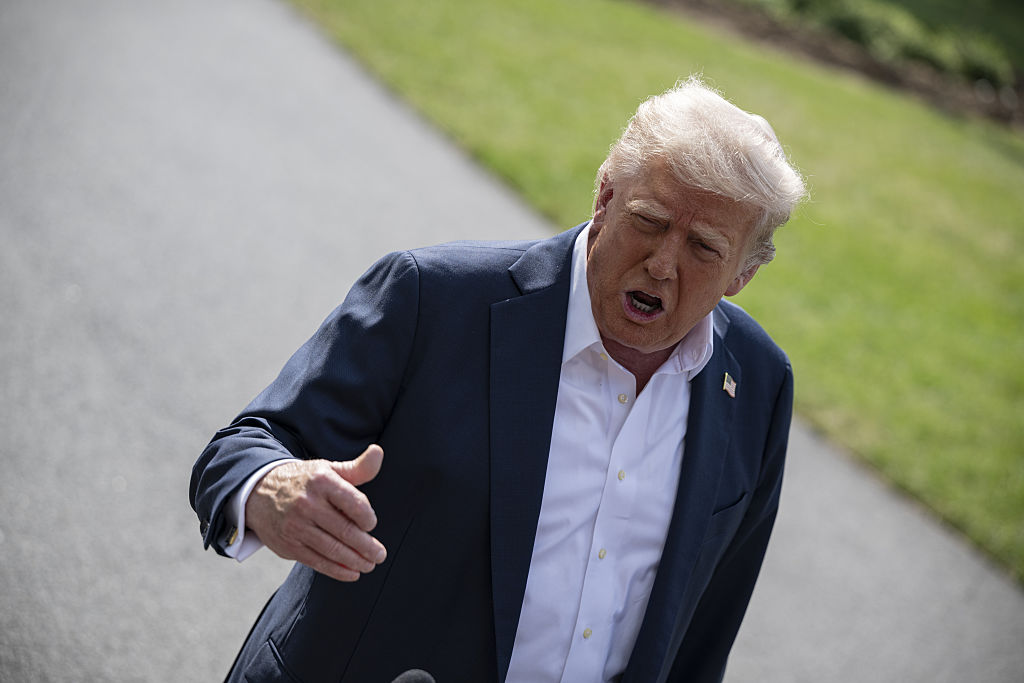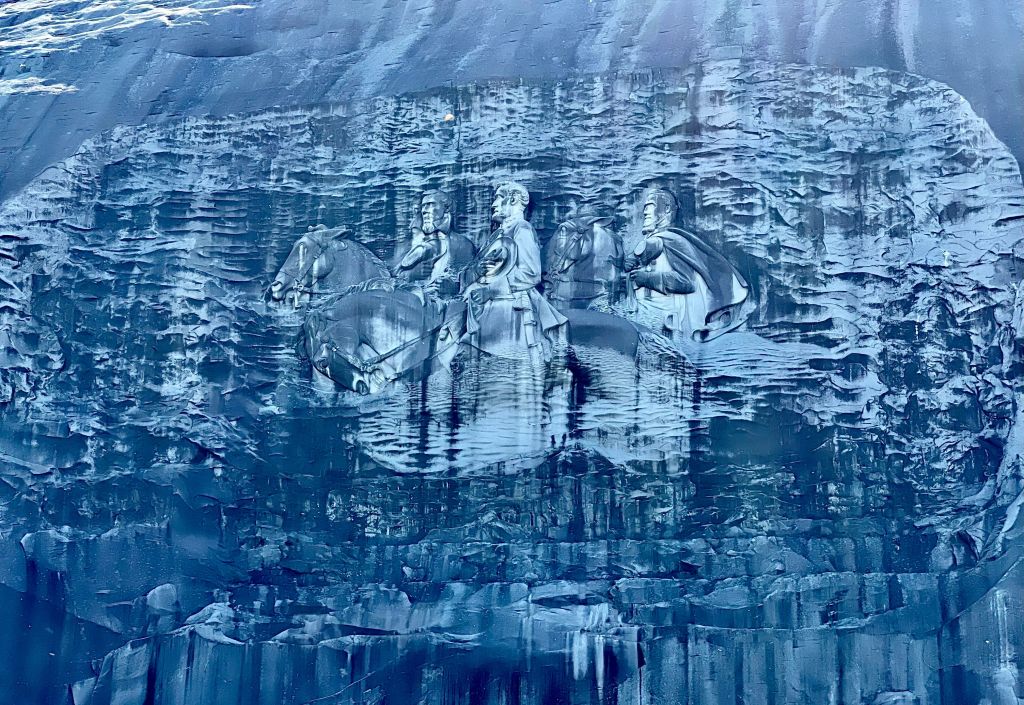Howard University Protests: What HBCUs Can Learn From Blackburn Takeover
What HBCUs Can Learn From Howard University’s Student Protests
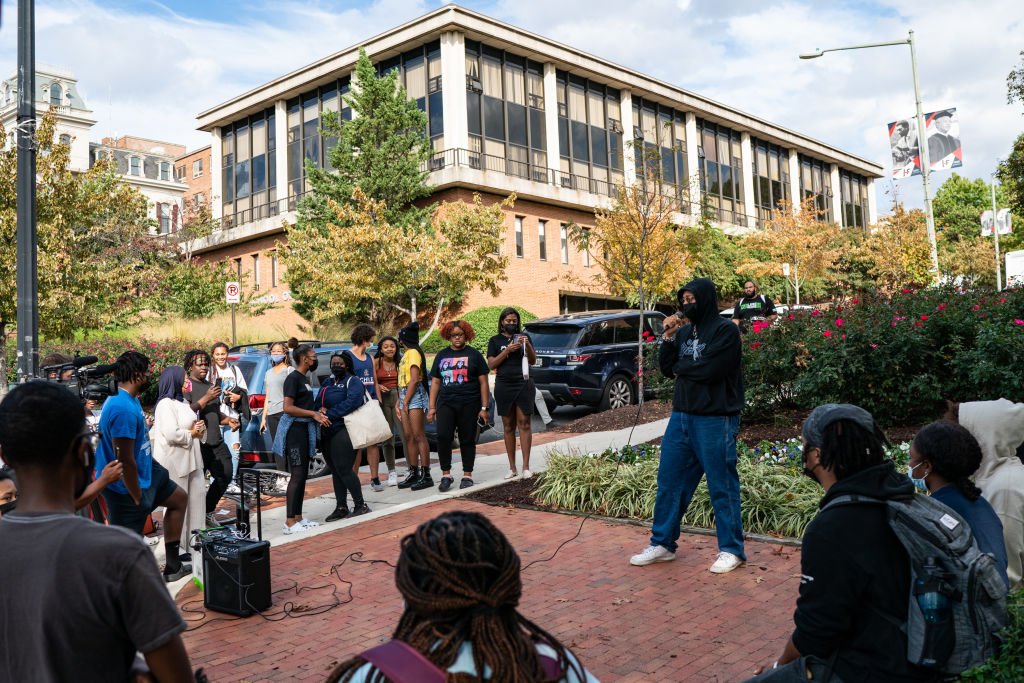
Source: The Washington Post / Getty
The Blackburn protests are officially over after an announcement from Howard University confirmed that the students and institution have reached an agreement to hopefully settle the tensions.
Howard students were demonstrating in and around the Blackburn University Center for more than a month to force the university to address major issues and provide a better living experience for the students on campus.
Mold, rodents, leaky pipes and a lack of adequate WiFi to complete assignments are just some of the issues that have been voiced throughout this tumultuous time in the school’s history. Attorney Donald Temple told the Washington Post that the students he represents have “accomplished their objectives.” However, he kept the details of the agreement between the students and university confidential.
Hopefully, today starts a new chapter for Howard University. While Howard students have led various protests for decades, this one felt a little bit different.
The impact of this protest feels like it’s finally cut through the rose-colored perception of Howard that its administration has relied on for years to continue to attract students to “The Mecca.” If you’ve been in HBCU circles, you’ve heard the whisperings about the problems at Howard. But, for the most part, the culture at Howard was largely similar to most Black families: Problems exist, but they are expected to be kept in-house to maintain a unified public image for the community.
For Howard and other HBCUs, this was a much-needed defense mechanism for decades because of the way white media would slant coverage toward these institutions and try to paint them as inadequate. Protecting their image at all costs wasn’t just for convenience, it was for survival.
Yet, it’s clear now that the lines between protecting the institutions and neglecting the concerns of the individuals that make these places magical were being blurred. For the first time, I saw a mass of Howard students going to social media to basically denounce the university. The impacts of the pandemic altered the student experience at the school which undoubtedly increased the tensions and fervor of the protests.
The protests generated national attention and saw civil rights activists such as Rev. Jesse Jackson, Rev. William Barber II and Martin Luther King III publicly support the students. Jackson even decided to spend time on campus to see what had transpired. Also for the last month, it seemed as if every time conversations about HBCUs came up in Black circles, “what’s wrong at Howard?” became a recurring topic.
Granted, while Howard deserves fault in this debacle, a lot of this also centers on the racial wealth gap and how HBCUs have been consistently underfunded throughout their existence compared to predominantly white institutions.
Now that the protests are seemingly over, we can address this situation with a sense of realism and honesty that will help uplift our storied institutions to be better. This doesn’t mean that every HBCU has major issues because that’s simply not correct.
But what it does mean is that we can hold Howard and other HBCUs accountable to serving their students to the best of their abilities while also loving these institutions for what they symbolize and the excellence that they foster.
SEE ALSO:
Howard Student Protest Finally Ends After Reaching Confidential Agreement With School Administration

